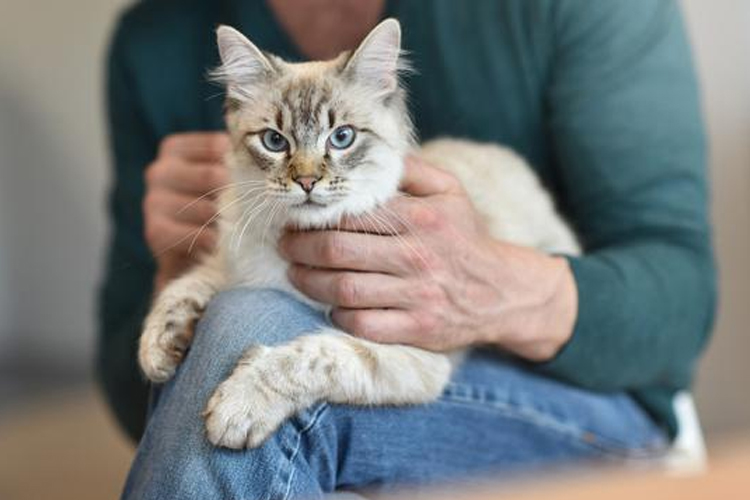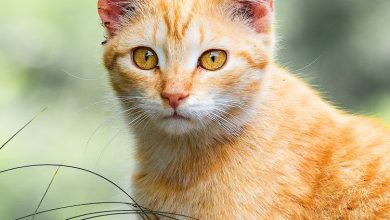5 Key Differences between Male and Female Cats: Which One Makes a Better Pet?

Cats are one of the most popular pets in the world, with their lovable personalities and cute looks. However, choosing between a male or female cat can be a daunting task for pet owners. To make an informed decision, it is essential to understand the key differences between male and female cats. In this article, we will explore the five main differences that set them apart.
1. Genitals
The primary difference between male and female cats is their genitals. It is relatively easy to identify a male cat by their genitals, as the anus and penis are further apart. On the other hand, female cats have a vulva that looks like an opening, while the anus sits above it.
2. Appearance
Male cats are generally larger and heavier than female cats, especially if they are not neutered until they reach sexual maturity. Additionally, male cats tend to have larger cheeks and rounder faces, a trait influenced by the hormone testosterone. However, even neutered male cats can retain these features.
3. Urine Spraying
While both male and female cats may spray urine outside the litter box, male cats are more likely to do so. They do this to mark their territory and attract potential mates, primarily driven by testosterone. Neutering male cats can significantly reduce urine spraying, but it may not eliminate the behavior entirely.
4. Behavior and Personality
Male cats who have not been neutered tend to be more aggressive and territorial towards other male cats and actively seek female cats in heat. However, once neutered, they become more relaxed, playful, and affectionate. Female cats, on the other hand, may become more vocal and affectionate when in heat, but spaying can reduce this behavior. However, a cat’s behavior is not entirely influenced by its gender and can be shaped by its environment and upbringing.
5. Lifespan
Female cats tend to live longer than male cats, averaging two years more. However, neutered or spayed cats of either gender usually have a longer lifespan than their non-neutered counterparts. In addition, indoor cats live longer than outdoor or feral cats, and hybrid cats live longer than purebreds.




